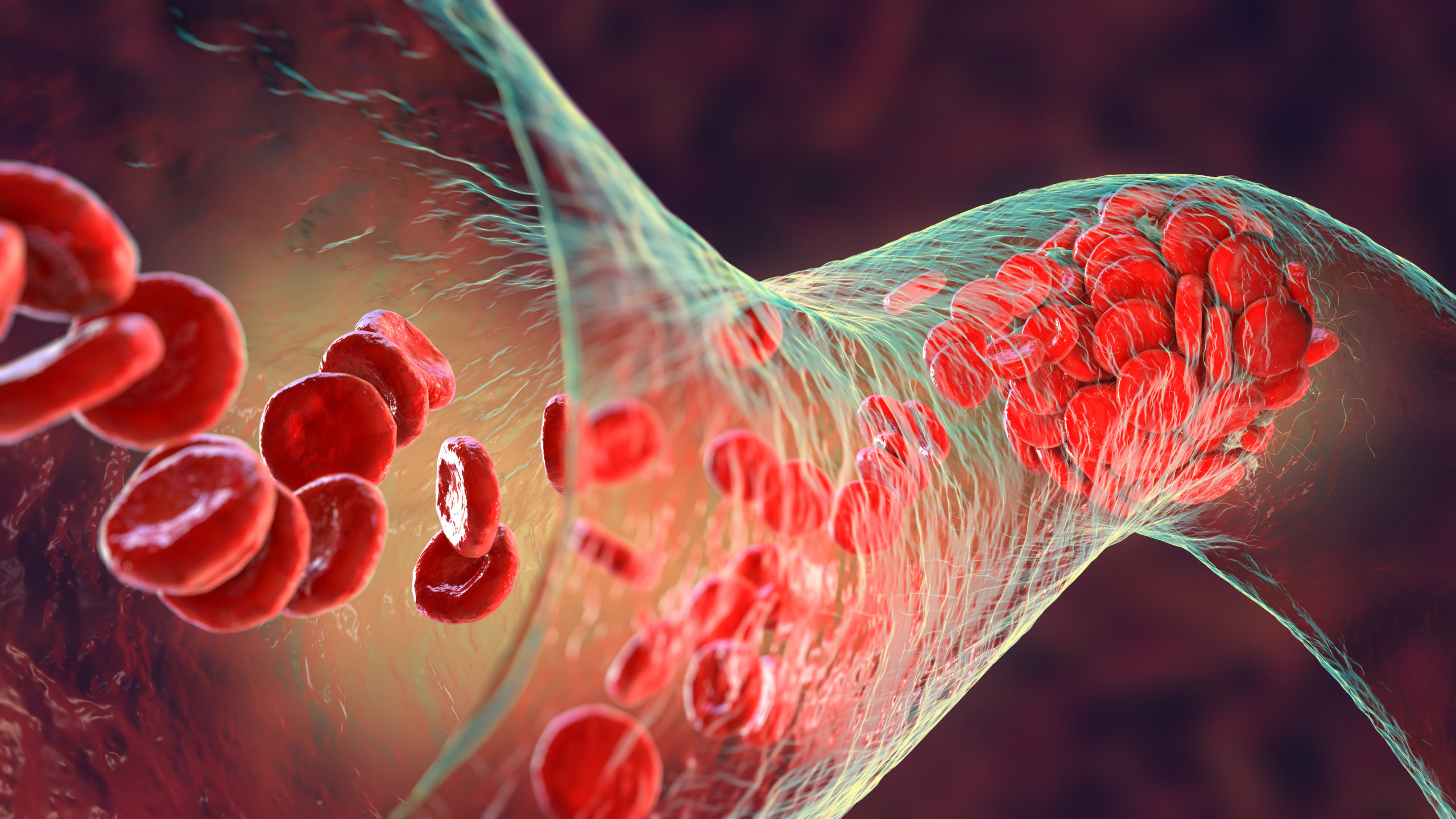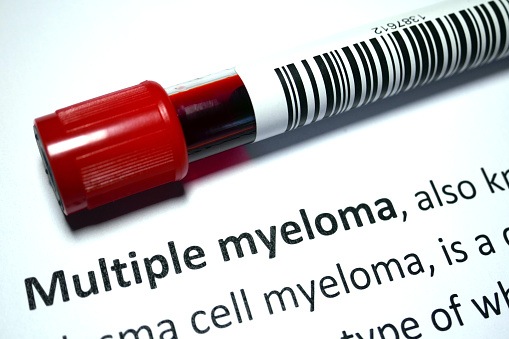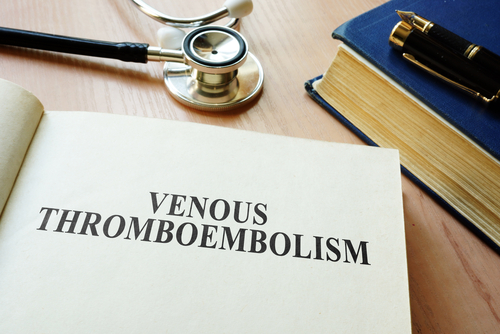
An anticoagulant prophylactic dosing strategy for venous thromboembolism (VTE) could yield potential benefit in patients hospitalized with COVID-19, recent study results suggest.
“VTE is a common complication of COVID-19,” the authors wrote. “It is not well understood how hospitals have managed VTE prevention and the effect of prevention strategies on mortality.”
To characterize the relationship between VTE prophylaxis and treatment-dose anticoagulation in COVID-19 patients, the researchers focused on a cohort of 1,351 patients hospitalized with COVID-19 from across 30 U.S. hospitals between March 2020 and June 2020. Exposures included nonadherence to VTE prophylaxis as well as receiving treatment-dose or prophylactic-dose anticoagulants (vs. no anticoagulation during hospital stay). The team defined nonadherence to VTE prophylaxis as missing two or more days of VTE prophylaxis. The primary study outcome was the effect of nonadherence and anticoagulation strategies on in-hospital and 60-day mortality.
According to the study results, only 18 patients in the sample had confirmed VTE (1.3%). There were 219 patients who received treatment-dose anticoagulation. Of the more than 1,100 patients who had ever been reported to have received anticoagulation during the study period, 392 of them missed two or more days of prophylaxis. Nonadherence was linked with a higher 60-day mortality ratio, but not an increase in in-hospital mortality. Importantly, the authors reported that receiving any anticoagulation (compared to no anticoagulation) was associated with lower in-hospital mortality. However, only a prophylactic dose or anticoagulation was linked with lower 60-day mortality.
Many Centers, Plus Some Limitations
Strengths of the retrospective analysis included the use of multiple hospitals, the ability to assess 60-day mortality and longitudinal trends, and also the detailed data collection employed. The study was limited by the lack of complete use of diagnostic tests, which were irregular and sometimes incomplete due to pandemic-related reasons. The authors also did not evaluate bleeding outcomes. They also limited treatment- vs. prophylactic-dose anticoagulation.
“Our findings have important implications,” the authors wrote in their discussion. “First, more data from randomized trials are needed on long-term outcomes of treatment-dose anticoagulation in patients without a confirmed VTE diagnosis. Second, VTE prophylaxis in patients with COVID-19 is standard of care. Hospitals should implement processes to ensure use of VTE prophylaxis for hospitalized patients with COVID-19. Finally, the variable and increasing use of treatment-dose anticoagulation raises concerns especially given the lack of an association with 60-day mortality. We need better methods to risk stratify and diagnose patients with VTE and a stronger evidence-base on which to decide when to employ prophylactic vs therapeutic doses of anticoagulation for patients hospitalized with COVID-19. Participation in ongoing clinical trials will help identify whether any patient groups may benefit from therapeutic doses of anticoagulation. Otherwise, given the lack of mortality difference between groups, judicious therapeutic dosing may be necessary.”
The research was published in JAMA Network Open.
In case you missed it, check out this new article about anticoagulation in #COVID19 patients that utilized MVC data and its fantastic data analysts, two of whom are co-authors. @BCBSM @JAMANetworkOpen https://t.co/cfsPmrhX9q
— MVC (@michiganvalue) June 22, 2021
Trends in Venous Thromboembolism Anticoagulation in Patients Hospitalized With #COVID19 https://t.co/CbmRsVczco via @JAMANetworkOpen part of @JAMANetwork
— Greg Martin (@gsmartinmd) June 24, 2021







 © 2025 Mashup Media, LLC, a Formedics Property. All Rights Reserved.
© 2025 Mashup Media, LLC, a Formedics Property. All Rights Reserved.